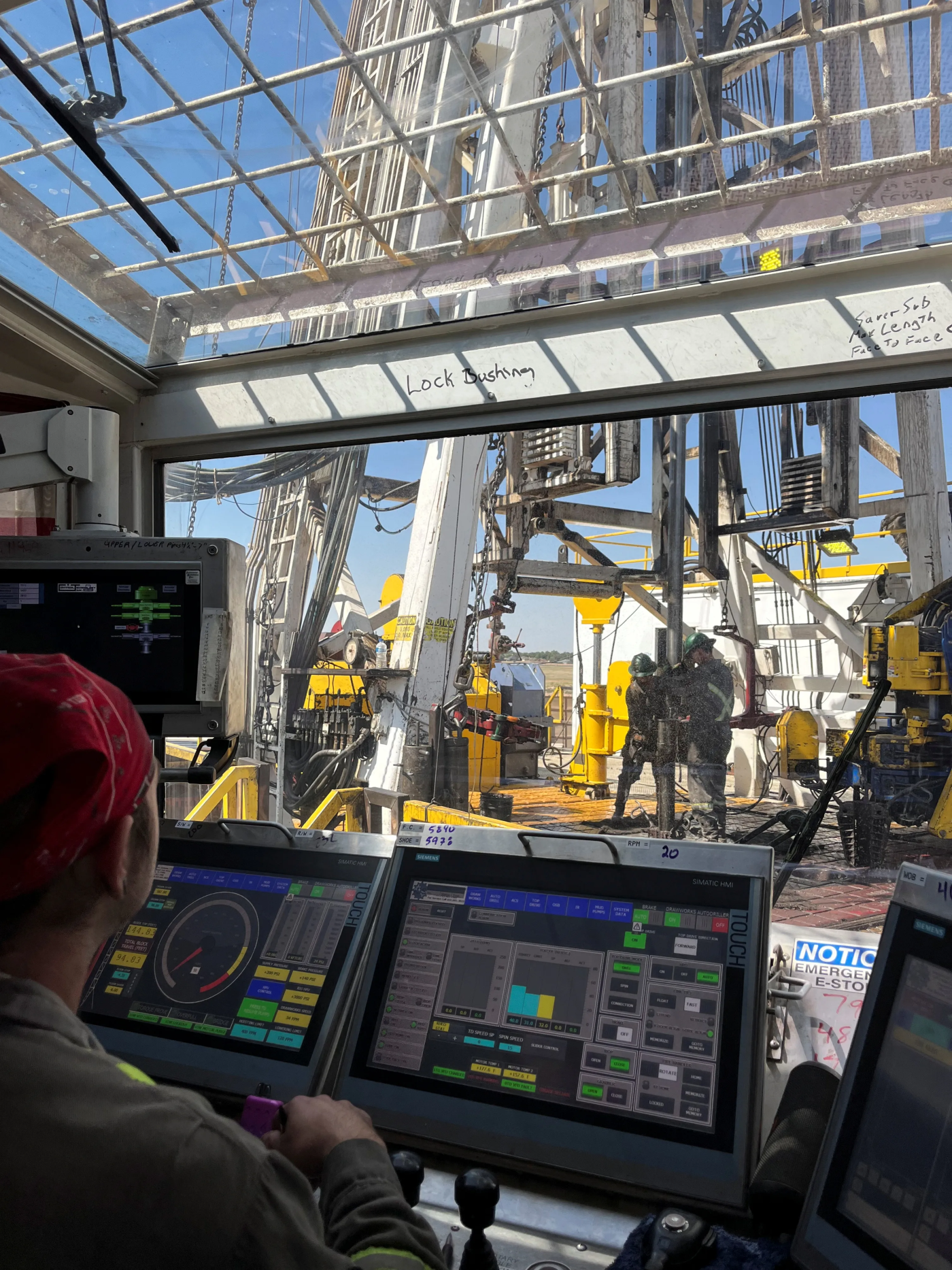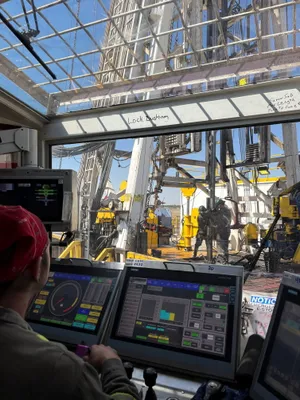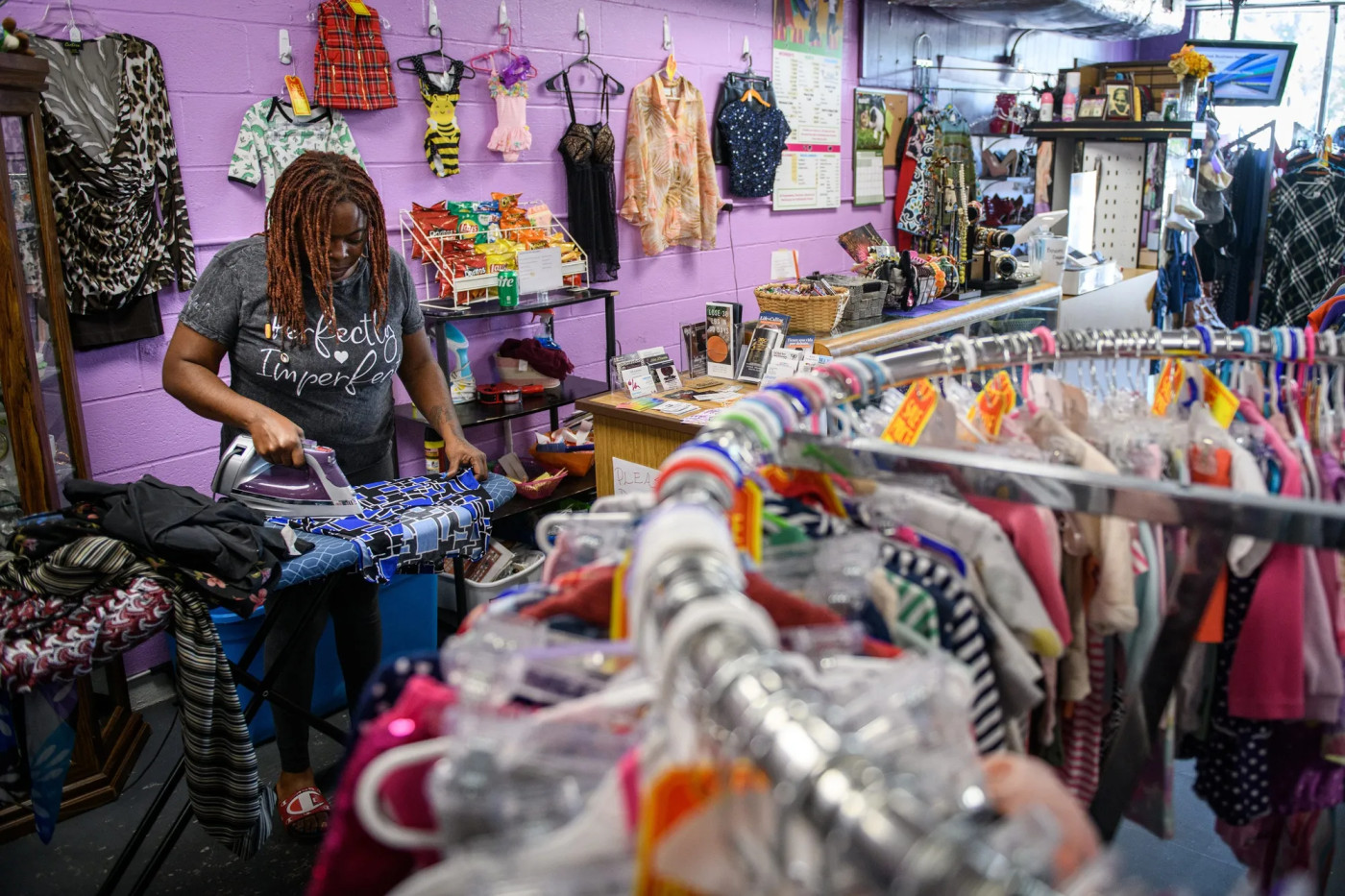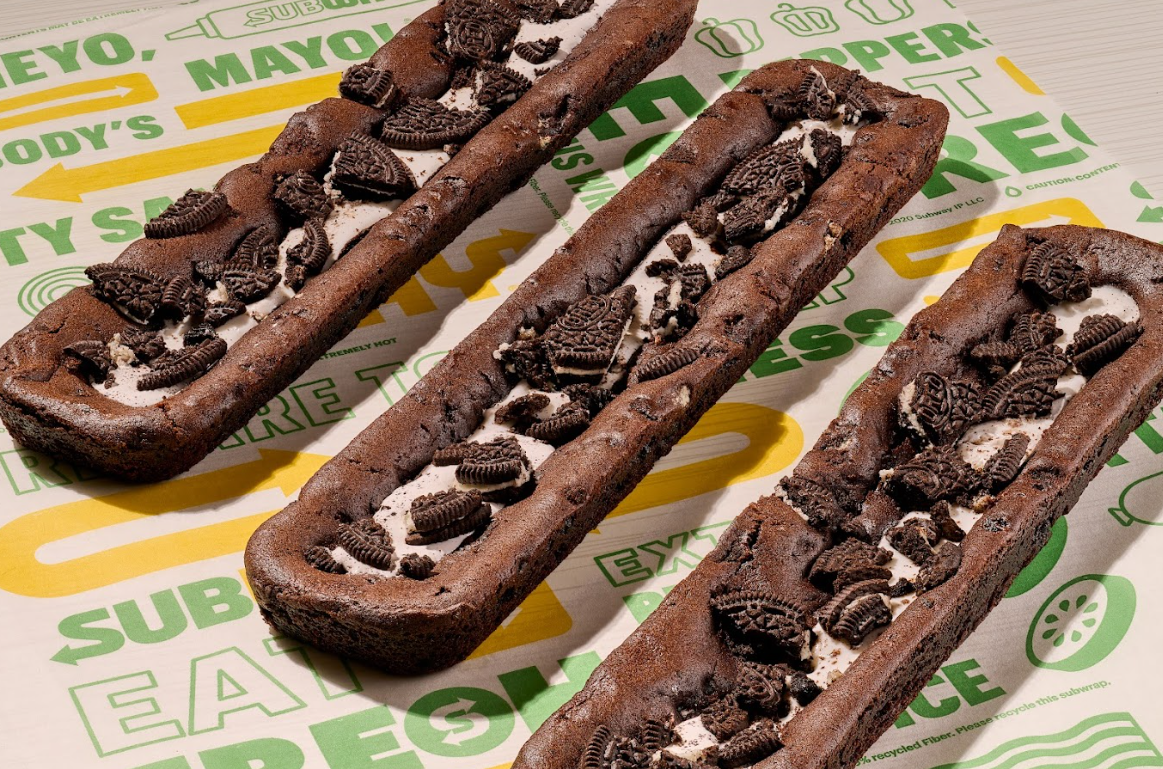
The economy grew 2.3% in the fourth quarter. What it could mean for Fed rate cuts
The economy slowed late last year but still turned in a solid performance as another burst of consumer spending was offset by a drop in business investment and stockpiling.
The nation’s gross domestic product, the value of all goods and services produced in the U.S., expanded at a seasonally adjusted annual rate of 2.3% in the October-to-December period, the Commerce Department said Wednesday. That’s down from a 3.1% increase in the third quarter and an average 2.6% pace the first nine months of the year.
Economists surveyed by Bloomberg had forecast a 2.6% increase in output.
How much did the economy grow last year?
For all of 2024, the economy grew 2.8%, down just slightly from a 2.9% clip the previous year.
Maximize your savings: Best high-yield savings accounts
The report paints a generally positive picture of the economy in the final months of former President Joe Biden’s administration. But it also may reflect the business uncertainty generated by then-incoming President Trump’s tariff and immigration plans, economists said.

Is consumer spending up or down?
The good news: The American consumer is still driving the economy. Consumer spending increased a robust 4.2% at an annual rate following a 3.7% rise in the third quarter. Consumption makes up about 70% of economic activity.
Since May 2023, average income gains have outpaced inflation, giving workers more buying power. And a stock market rally and rising home values have boosted the wealth of higher-income households, prompting them to spend more, according to Moody's Analytics.
Since more affluent Americans account for a disproportionate share of spending, their purchases have more than made up for the struggles of low- and middle-income households, Moody's said.
Lower-income consumers have grappled with high inflation and interest rates, helping drive total U.S. credit card debt to a record high and delinquencies to historically elevated levels. Those financial strains could take a bigger toll on the economy this year, said economist Ryan Sweet of Oxford Economics.
Also lifting consumption last fall were two Southeast hurricanes that forced area residents to replace damaged vehicles, bolstering auto purchases, Goldman Sachs wrote in a research note.
Has the Fed reduced interest rates?
A healthy economy could keep the Federal Reserve's interest rate cutting campaign on pause for longer.
Wednesday, the Federal Reserve paused its flurry of interest rate cuts as it awaits details on Trump’s planned tariffs and immigration crackdown and assesses whether an inflation slowdown will resume after stalling recently. Both of Trump’s key policies could reignite price increases, forcing the Fed to keep rates higher for longer, economists say.
"This was a decent fourth quarter GDP print that highlighted rock-solid consumer spending and a sustainable economic expansion that should carry on into the first half of this year," economist Scott Anderson of BMO Capital Markets wrote in a note to clients. "But with GDP growth year-on-year still running a little hot, the Fed will need to continue to patiently await more clarity on tariffs and the inflation trajectory, before resuming rate cuts."
This year, forecasters expect the economy to grow 2.2%, according to economist surveyed by Wolters Kluwer Blue Chip Economic Indicators.
How other parts of the economy fared:
Housing boosts growth
Housing construction and renovation rose 5.3% after declining the two previous quarters.
Residential investment has been sluggish because of high mortgage rates.
But homebuilding picked up late last year, especially for apartment buildings, amid a persistent nationwide housing shortage.
Government spending rises
Government outlays increased 2.5%, down from 5.1% the previous quarter. Federal spending rose 3.2%. State and local purchases increased 2%.
But Trump’s federal hiring freeze and overall cost-cutting could cause government spending to fall in the current quarter, economist Paul Ashworth of Capital Economics wrote in a note to clients.
Business investment declines
Business investment fell 2.2% after rising 4% the prior quarter.
Company purchases of computers, delivery trucks, factory machines, and other equipment tumbled 7.8%.
Spending on buildings, oil rigs and other structures slipped 1.1%.
Business uncertainty over tariffs and a constrained labor supply because of Trump’s possible deportations of millions of immigrants who lack permanent legal status may be weighing on investment, Barclays said.
And although the Fed cut its key interest rate by a percentage point late last year, rates are still high, Wells Fargo economist Sam Bullard said, lifting borrowing costs for companies.
Goldman Sachs said the drop in equipment spending was likely related to a 53-day strike of machinists at aircraft giant Boeing. Economist Bernard Yaros of Oxford Economics traced the decline to "an unsustainable boom in aircraft investment" early last year.
Business stockpiling slows
Companies replenished their inventories more slowly, reducing economic growth by nearly a percentage point. Strong auto sales may have led dealers to draw down their stockpiles, Goldman Sachs said.
(This story was updated to add new information.)

